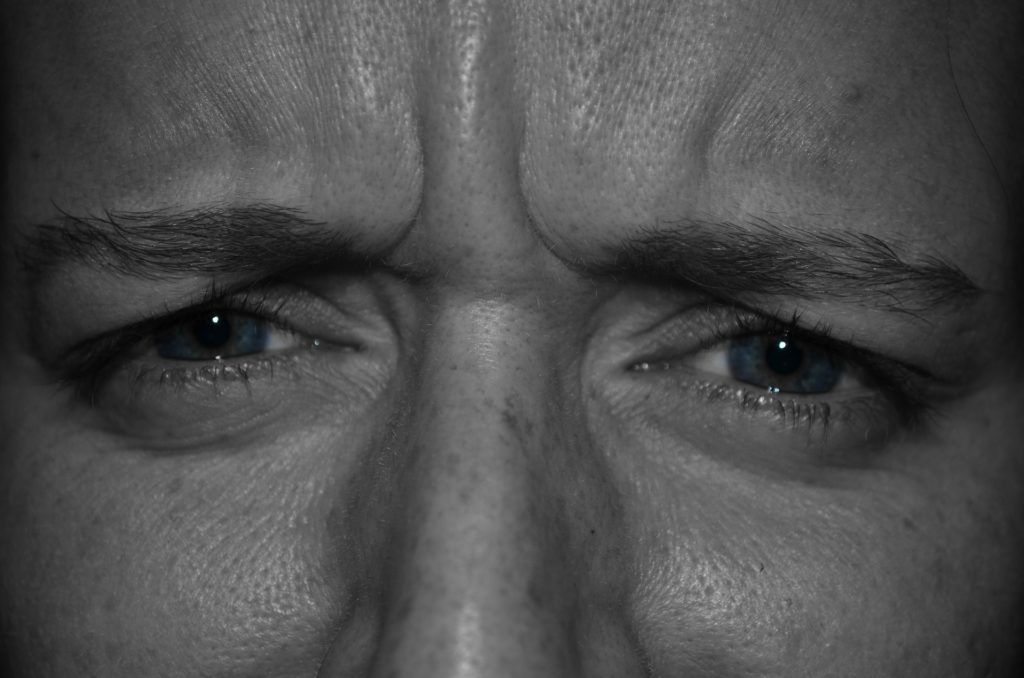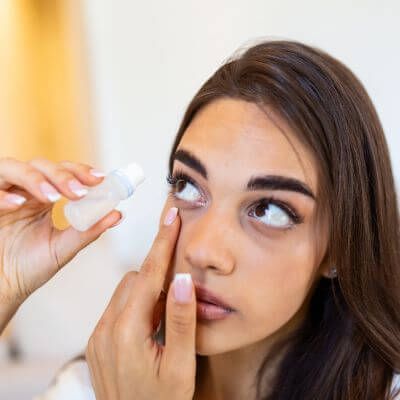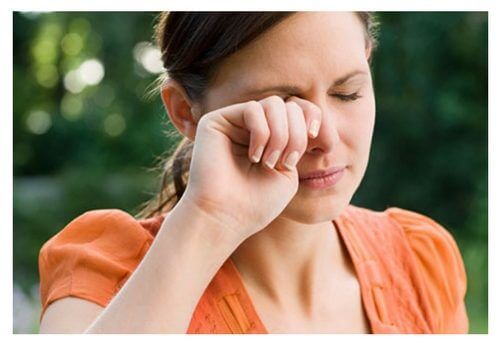How Do Eye Doctors Diagnose Dry Eye Syndrome?
 Dry eye syndrome is a common condition, especially as we age. When the quantity or quality of our tears aren’t able to adequately lubricate our eyes, we can experience the uncomfortable symptoms of dry eyes on a chronic basis. Symptoms often include:
Dry eye syndrome is a common condition, especially as we age. When the quantity or quality of our tears aren’t able to adequately lubricate our eyes, we can experience the uncomfortable symptoms of dry eyes on a chronic basis. Symptoms often include:
- A gritty sensation in your eyes
- Stinging or burning
- Redness or irritation
- Blurry vision
- Sensitivity to light
- Pain when wearing contact lenses
While it may seem easy to self-diagnose chronic dry eyes and just buy over-the-counter eye drops for temporary relief, you could be doing yourself a real disservice by doing so. Using non-prescribed eye drops for a long period of time isn’t recommended, and it’s also important to understand the cause of your dry eyes in order to find the safest and most effective treatment for a long-term solution.
Proper Diagnosis
The protective film of tears that covers our eyes is made up of three layers: a mucous layer covering the cornea, a mostly saltwater layer on top of that, and a third lipid layer. Together, these three layers clean, disinfect, and lubricate the surface of our eyes. When any one of the layers is insufficient, your eyes will feel dry. Knowing which layer is lacking is helpful for understanding your tear production imbalance, which is important for determining the right treatment.
There are specific diagnostic tests your eye doctor can perform to determine the cause of your dry eye symptoms. These tests include:
- Applying eye drops that have a temporary dye to your eyes. This allows your eye doctor to see how quickly your tears evaporate and if there specific areas on the your eye’s surface that aren’t being fully lubricated.
- The amount of tears your eyes produce can be measured by placing a small strip of blotting paper under each of your lower eyelids.
- An examination with a magnifying lens allows your eye doctor to see how well the glands around your eyes are producing oil to keep your tears from drying out. This examination can determine if the glands are blocked or aren’t producing enough oil, which will make your eyes feel dry.
Once your eye doctor has a clearer understanding of the underlying cause of your dry eye symptoms, he or she can recommend the best treatment plan. Mild dry eye symptoms may be treated with the right over-the-counter tears, gels, or ointments. Prescription eye drops may be necessary in more severe cases.
It’s also important to note that symptoms like stinging, burning, light sensitivity, and blurry vision are found in a number of other eye disorders, not just chronic dry eyes. Scheduling an appointment with your eye doctor is the only way to properly determine the underlying cause.
The doctors at Baptist Eye Surgeons specialize in detecting and treating eye diseases and conditions, including dry eye syndrome. With offices in Knoxville, TN and Morristown, TN, Baptist Eye Surgeons is an ophthalmological practice dedicated to providing exceptional eye care to patients whose needs range from routine comprehensive eye examinations to complex eye surgeries. To learn about our specialities and our doctors, visit our website. Call us at 865-579-3920 for more information, or visit us online to schedule an appointment.
Social:
While it may seem easy to self-diagnose chronic dry eyes and just buy over-the-counter eye drops for temporary relief, you could be doing yourself a real disservice by doing so. It also important to understand the cause of your dry eyes to find the right treatment. Here’s how:
There are specific diagnostic tests your eye doctor can perform to determine the cause of your dry eye symptoms. This is important for determining the most effective and safe treatment. Here’s how dry eye syndrome is diagnosed, and what can be done about the symptoms:
The protective film of tears that covers our eyes is made up of 3 layers. If a layer is insufficient, your eyes will feel dry. Knowing which layer is lacking is important for determining the right treatment. Here’s how eye doctors can diagnose the cause of your dry eye symptoms:


MORRISTOWN
SEVIERVILLE
TENNESSEE VALLEY - LASER CENTER
TENNESSEE VALLEY - EYE CENTER



